A Shifting Landscape: Analyzing OSHA’s Proposed Changes to Respirator Medical Evaluations
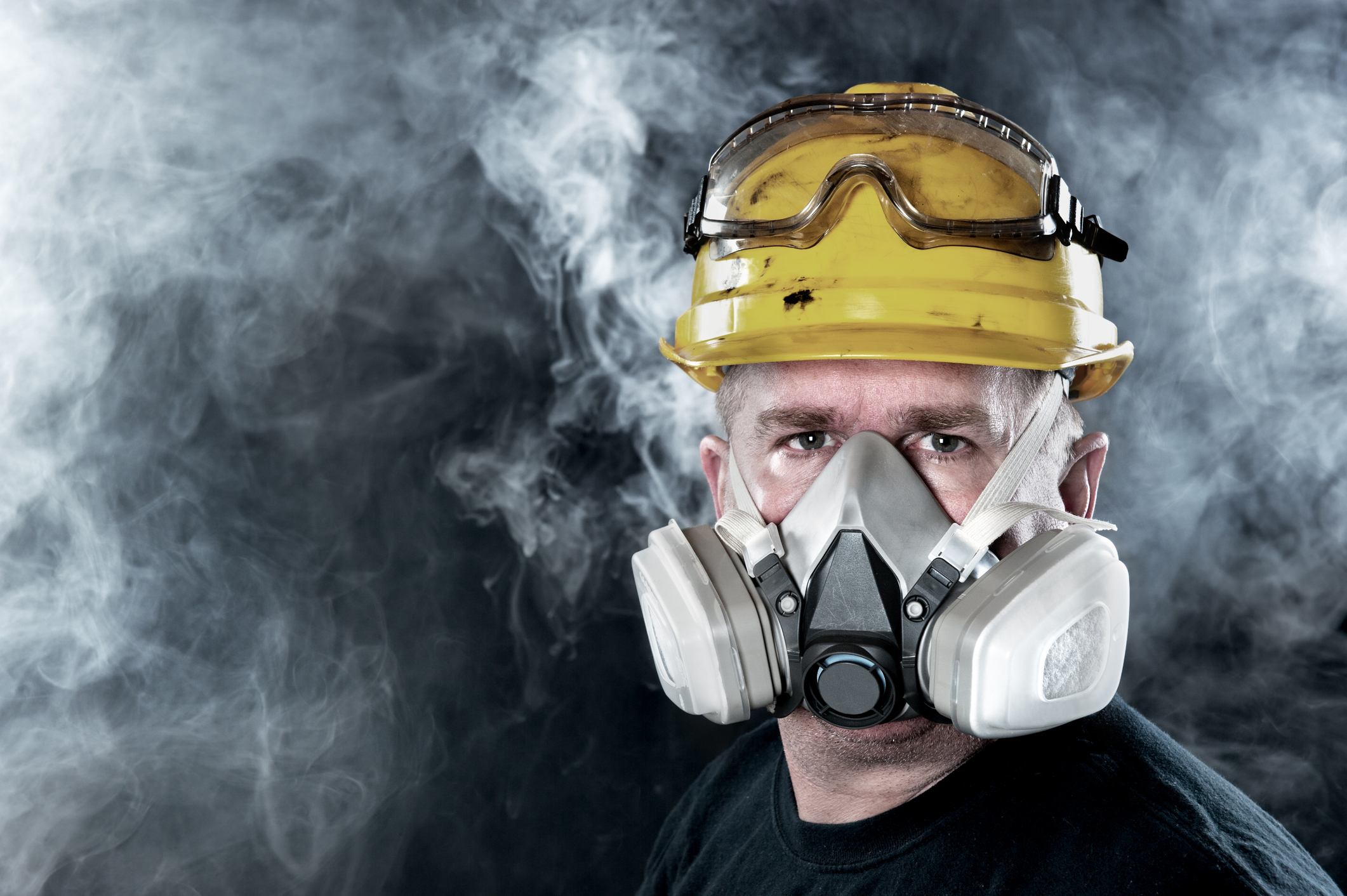
A significant change may be on the horizon for how we manage respiratory protection programs. The Occupational Safety and Health Administration (OSHA) has issued a proposed rule, “Amending the Medical Evaluation Requirements in the Respiratory Protection Standard for Certain Types of Respirators,” that could eliminate mandatory medical evaluations for users of two common types of respirators: filtering facepiece respirators (FFRs) and loose-fitting powered air-purifying respirators (PAPRs).
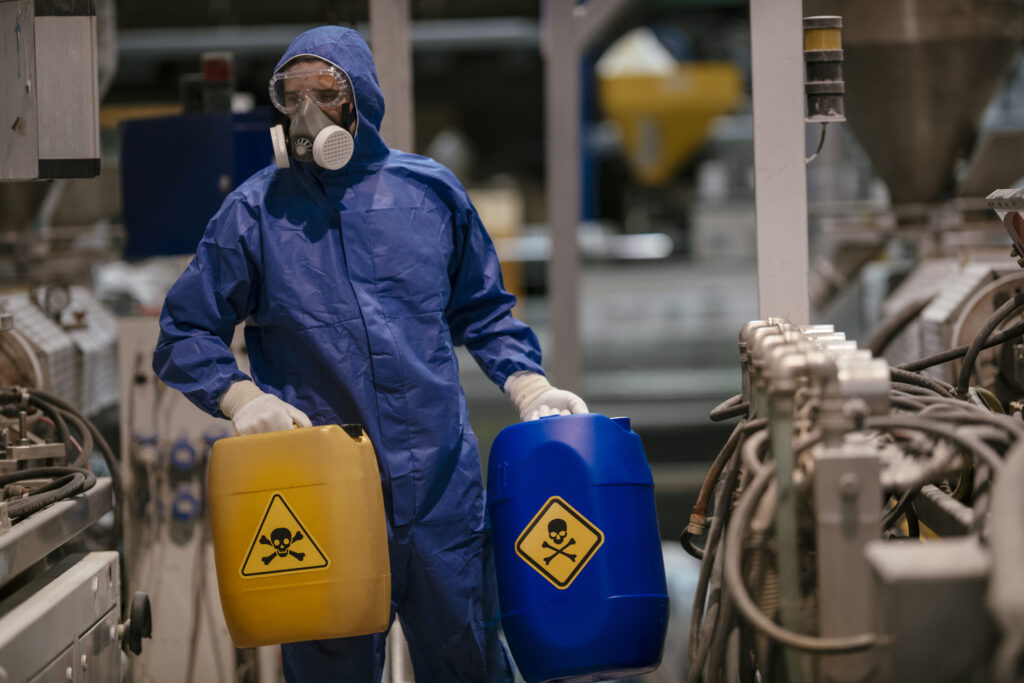
As safety managers, it’s our job to understand the full spectrum of implications of such a change. This editorial will break down the proposed rule, exploring the potential pros and cons for both businesses and workers, and critically examining the potential impact on worker exposure to hazardous substances.
The Rationale Behind the Proposed Change
OSHA’s reasoning for this proposal is rooted in a lack of definitive evidence. The agency has stated that it is not aware of epidemiological studies that conclusively show that medical evaluations prevent adverse health effects for users of FFRs and loose-fitting PAPRs. In essence, OSHA is questioning whether the current requirements provide a meaningful benefit for these specific types of respirators.
Business Perspective: A Double-Edged Sword
For employers, the proposed rule presents a mix of potential benefits and new responsibilities.
Pros for Business:

- Reduced Costs and Administrative Burden: The most immediate and tangible benefit is the potential for significant cost savings. The expenses associated with medical questionnaires, physician reviews, and follow-up examinations would be eliminated for a large portion of respirator users. This also means less time spent on scheduling and record-keeping.
- Increased Agility: In situations that require the rapid deployment of respiratory protection, such as during public health emergencies or for non-routine tasks, removing the medical evaluation bottleneck would enable a more agile and responsive safety program.
Cons for Business:
- Potential for Increased Liability: This is a critical consideration. If a worker with an undiagnosed respiratory or cardiovascular condition experiences a medical emergency while wearing a respirator, the employer could face significant liability. The absence of a mandatory medical evaluation could be a focal point in any subsequent legal action.
- Shift in Responsibility: The burden of ensuring a worker is fit to wear a respirator doesn’t disappear; it shifts. Without the formal medical evaluation, the onus will be on safety managers and frontline supervisors to be more vigilant in observing workers for any signs of distress. This will necessitate enhanced training on recognizing the symptoms of respiratory and cardiovascular strain.
The Worker’s Point of View: Convenience vs. Confidence
For employees, the proposed changes also present a mix of convenience and potential risk.
Pros for Workers:

- Easier Access to Protection: The removal of a procedural hurdle enables workers to obtain the necessary respiratory protection more quickly and with less hassle.
- Less Intrusive Process: Many workers will welcome the elimination of what can feel like an intrusive medical screening process, especially for what are perceived as low-burden respirators.
Cons for Workers:
- Undetected Health Risks: This is the most significant concern. A worker may be unaware of an underlying health condition that could be exacerbated by even the slight additional breathing resistance of an FFR. Without a medical evaluation, these conditions may go undetected until a problem arises.
- A False Sense of Security: The absence of a medical evaluation may lead some workers to believe that these respirators are completely risk-free, regardless of their personal health status. This could lead to a more casual attitude toward respirator use and a reluctance to report any discomfort or breathing difficulties.
Do Medical Evaluations Truly Mitigate Risk?
This brings us to the core of the debate: Does the current medical evaluation process actually prevent adverse health effects for workers wearing these specific respirators?
The argument for medical evaluations is grounded in the principle of precaution. We know that wearing any respirator adds to the body’s physiological workload. The evaluation and the mandatory OSHA questionnaire are designed to flag individuals with known conditions—such as severe asthma, COPD, or heart disease—that could be dangerously exacerbated by this increased work of breathing. It also screens for issues like claustrophobia, which could cause a worker to panic. From this perspective, the evaluation serves as a critical, preventive safety net. The cost of one serious medical event on the job far outweighs the administrative cost of the evaluations.
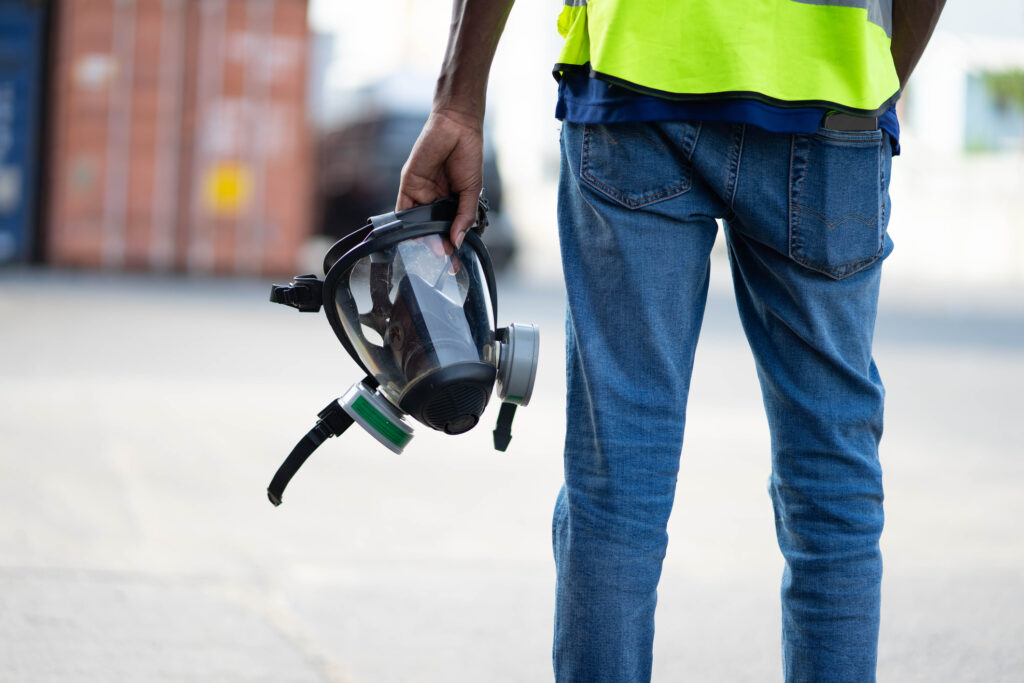
However, the counterargument, which aligns with OSHA’s proposal, is that the physiological burden of FFRs and loose-fitting PAPRs is minimal for the vast majority of healthy workers. A loose-fitting PAPR provides a positive airflow that can actually reduce the work of breathing. The question then becomes whether the questionnaire is an effective tool for identifying the small number of individuals who might be at risk. It can produce false positives, leading to unnecessary follow-up exams, and more critically, it can be missed by workers who are unaware of their underlying conditions. The proposed change suggests that resources might be better allocated to training workers on how to recognize signs of distress in themselves and their colleagues.
The Bottom Line: What About Exposure?
It is crucial to understand that this proposed rule does not change the fundamental requirement to provide respiratory protection when employee exposures exceed, or have the potential to exceed, permissible exposure limits (PELs). The core of your respiratory protection program—hazard assessment, proper respirator selection, fit testing, and training—remains as critical as ever.
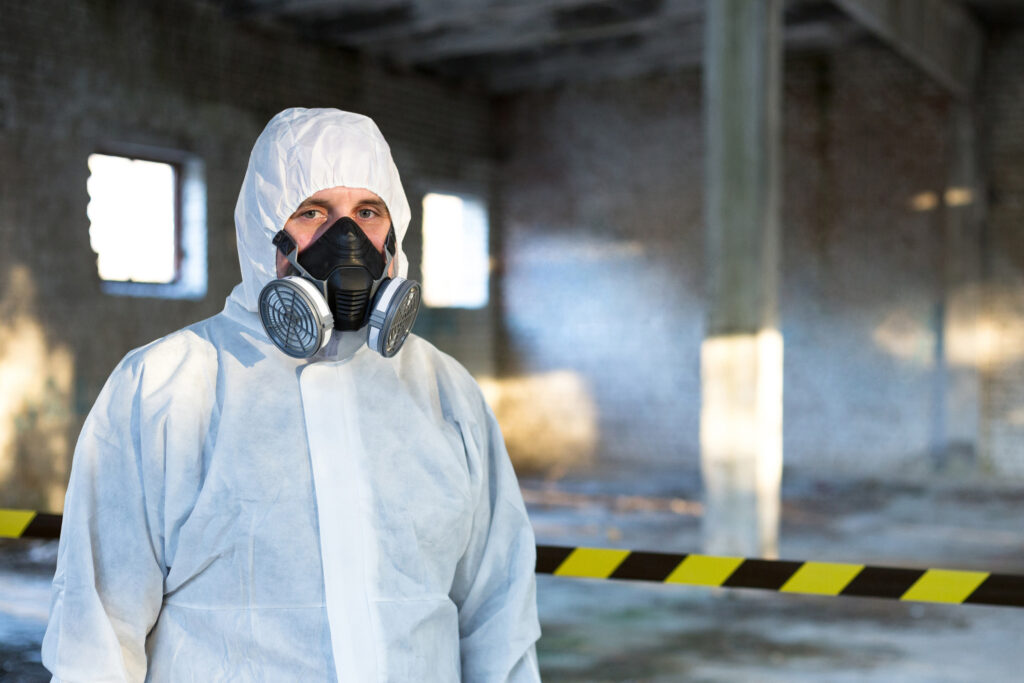
However, the risk of exposure could be indirectly affected. If a worker has an undiagnosed medical condition that makes it difficult for them to wear a respirator correctly, for example, if they experience breathlessness that causes them to break the face seal to catch their breath repeatedly, then their protection is compromised. In this scenario, the lack of a medical evaluation could be a contributing factor to an incident of overexposure.
Preparing for a Potential Change
While this is still a proposed rule, savvy safety managers should begin to consider how they would adapt. If the rule is finalized, we will need to:
- Enhance Training: Our training programs will need to be updated to educate workers on the importance of self-monitoring for signs of respiratory or cardiovascular distress. This moves beyond a simple check-the-box exercise to a culture of self-awareness.
- Strengthen Supervisory Oversight: Frontline supervisors will need to be trained to recognize the signs of a worker struggling with a respirator and to create an environment where employees feel comfortable reporting any issues without fear of reprisal.
- Review and Revise Policies: Our written respiratory protection programs will need to be updated to reflect the new requirements and to document the alternative measures we are taking to ensure worker safety.
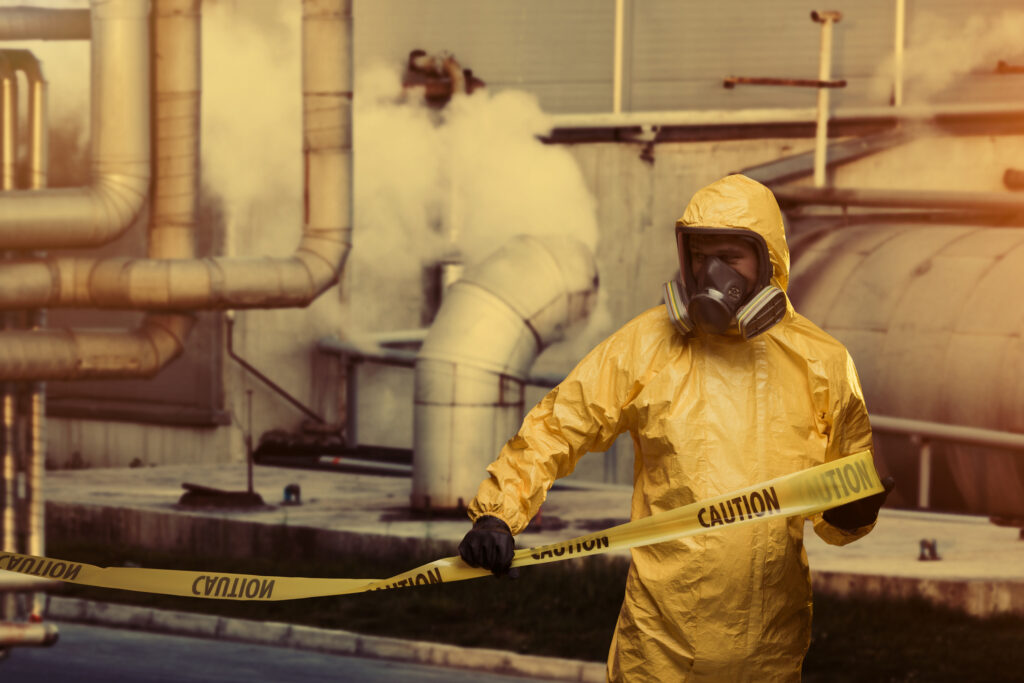
Ultimately, this proposed rule represents a significant shift in OSHA’s approach to respiratory protection. While it may offer some benefits in terms of efficiency and cost, it also places a greater emphasis on the non-medical aspects of our safety programs. As always, our primary responsibility is to ensure that every worker who dons a respirator can do so safely and effectively.
Related Posts




